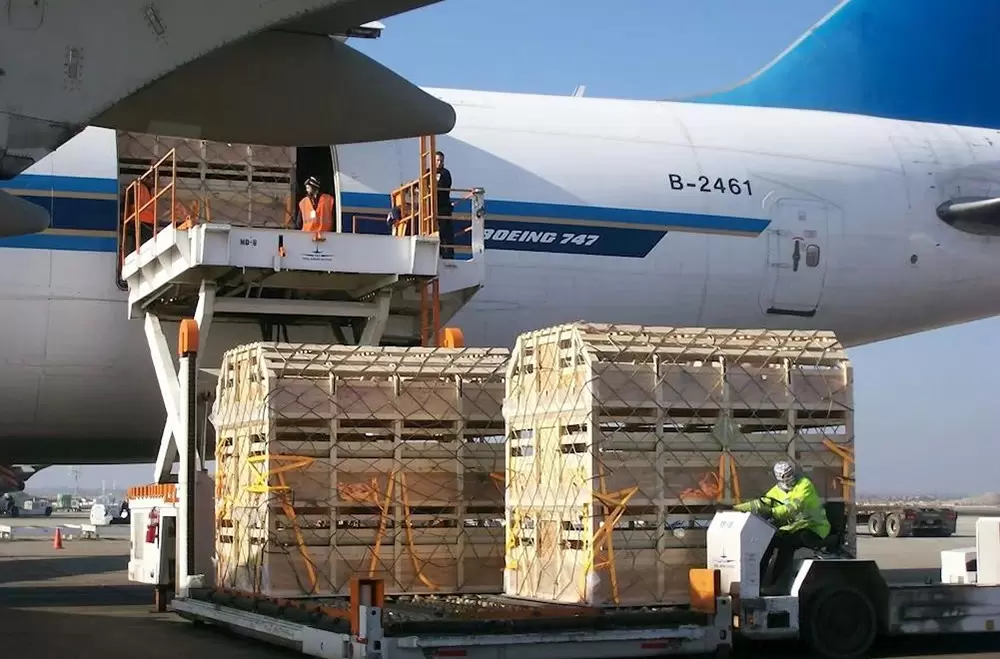The Cost-Effective Yet Time-Consuming Solution: Exploring the Cheapest Ways to Transport Freight
In the world of logistics and supply chain management, the balance between cost and time is a critical consideration for businesses. While many companies prioritize speed to meet customer demands, there are scenarios where minimizing transportation costs takes precedence. This article delves into the cheapest methods of freight transportation, highlighting their slow nature and the implications for businesses.
Understanding Freight Transportation Costs
Freight transportation costs are influenced by various factors, including distance, weight, volume, and the mode of transport. Businesses often face the dilemma of choosing between faster, more expensive options and slower, cost-effective alternatives. Understanding the nuances of these options is essential for making informed decisions.
The Cheapest Modes of Freight Transportation
- Rail Freight
Rail transport is one of the most economical ways to move large quantities of goods over long distances. Trains can carry a significant volume of freight, making them cost-effective for bulk shipments. However, rail transport is inherently slower than road or air transport. Transit times can vary significantly based on the route and the availability of rail services, often taking several days or even weeks. - Ocean Freight
For international shipping, ocean freight is the go-to option for cost-conscious businesses. Container ships can transport vast amounts of cargo at a fraction of the cost of air freight. However, the trade-off is time; ocean freight can take weeks to reach its destination, depending on the shipping route and port congestion. This method is ideal for non-perishable goods and businesses that can afford to wait. - Barge Transport
In regions with navigable waterways, barge transport offers an economical solution for moving freight. Barges can carry large quantities of goods, making them a cost-effective option for bulk commodities like coal, grain, and construction materials. However, similar to rail and ocean freight, barge transport is slow, often taking days or weeks to reach its destination. - Truckload Shipping (TL)
While truckload shipping is generally faster than rail or ocean freight, it can still be a cost-effective option for long-haul shipments, especially when utilizing backhauls. However, the speed of delivery can be compromised if the shipment is not prioritized or if the route involves multiple stops. Businesses that can plan their logistics around longer delivery times may find this method beneficial.
Factors to Consider When Choosing Slow, Cost-Effective Freight Options
- Inventory Management
Companies must assess their inventory management strategies when opting for slower transportation methods. Maintaining higher inventory levels may be necessary to accommodate longer lead times, which can tie up capital and storage space. - Customer Expectations
Understanding customer expectations is crucial. If customers demand quick delivery, businesses may need to balance cost savings with the need for speed. Transparent communication about delivery timelines can help manage customer satisfaction. - Seasonality and Demand Fluctuations
Businesses should consider seasonal demand fluctuations when planning freight transportation. During peak seasons, slower methods may lead to stockouts, while off-peak periods may allow for more flexibility in choosing cost-effective options. - Environmental Impact
As sustainability becomes a priority for many companies, the environmental impact of transportation methods is increasingly scrutinized. Rail and barge transport are often more environmentally friendly than trucking or air freight, making them appealing options for eco-conscious businesses.
Conclusion
In conclusion, while the cheapest ways to transport freight—such as rail, ocean, and barge transport—offer significant cost savings, they come with the trade-off of slower delivery times. Businesses must carefully evaluate their logistics strategies, considering factors such as inventory management, customer expectations, and environmental impact. By understanding the nuances of these transportation methods, companies can make informed decisions that align with their operational goals and financial constraints. Ultimately, the choice between cost and speed will depend on the specific needs and priorities of each business.


